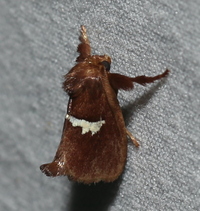
| Recorded by: David George, Jeff Niznik, Rob Van Epps, Kevin Metcalf on 2025-07-20
Richmond Co.
Comment: | 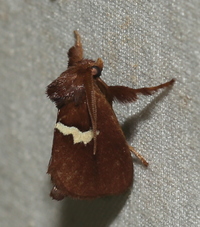
| Recorded by: David George, Patrick Coin on 2025-06-29
Moore Co.
Comment: |
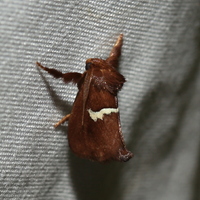
| Recorded by: David George on 2025-06-29
Richmond Co.
Comment: | 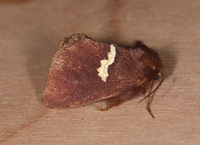
| Recorded by: Jim Petranka, Mark Basinger and Becky Elkin, David George on 2025-06-29
Richmond Co.
Comment: |
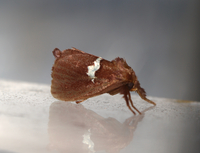
| Recorded by: Jim Petranka, Mark Basinger and Becky Elkin on 2025-06-29
Richmond Co.
Comment: | 
| Recorded by: Jim Petranka, Mark Basinger and Becky Elkin on 2025-06-28
Moore Co.
Comment: |
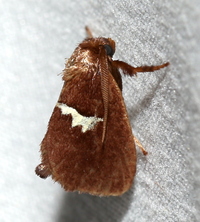
| Recorded by: Jeff Niznik, David George, Larry Chen, Sarah Toner, Joye Zhou on 2025-06-20
Richmond Co.
Comment: | 
| Recorded by: Jeff Niznik, David George, Larry Chen, Sarah Toner, Joye Zhou on 2025-06-20
Richmond Co.
Comment: |
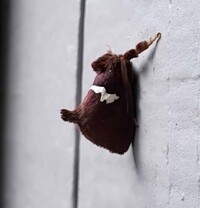
| Recorded by: Allison Garton on 2025-06-17
Moore Co.
Comment: | 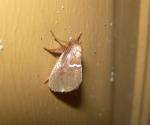
| Recorded by: R. Newman on 2025-05-12
Carteret Co.
Comment: |

| Recorded by: Jeff Niznik on 2024-06-19
Moore Co.
Comment: | 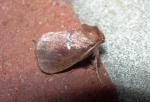
| Recorded by: R. Newman on 2024-05-29
Carteret Co.
Comment: |

| Recorded by: R. Newman on 2024-05-07
Carteret Co.
Comment: | 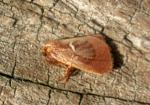
| Recorded by: R. Newman on 2024-05-04
Carteret Co.
Comment: |
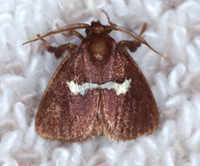
| Recorded by: Jim Petranka and Bo Sullivan on 2023-06-13
Scotland Co.
Comment: | 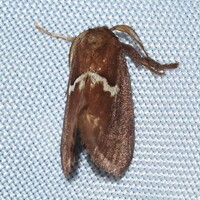
| Recorded by: David George, Jeff Niznik, Rich Teper, Erich Hofmann, Jesse Anderson on 2023-05-22
New Hanover Co.
Comment: |

| Recorded by: R. Newman on 2023-05-17
Carteret Co.
Comment: | 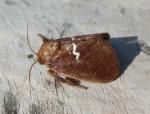
| Recorded by: R. Newman on 2022-08-17
Carteret Co.
Comment: |
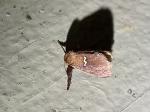
| Recorded by: J. A. Anderson on 2022-06-30
New Hanover Co.
Comment: | 
| Recorded by: Jim Petranka and Bo Sullivan on 2022-05-31
Moore Co.
Comment: |

| Recorded by: Jim Petranka and Bo Sullivan on 2022-05-31
Moore Co.
Comment: | 
| Recorded by: R. Newman on 2022-05-23
Carteret Co.
Comment: |

| Recorded by: Morgan Freese on 2022-05-19
New Hanover Co.
Comment: | 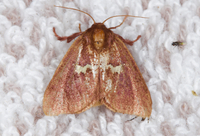
| Recorded by: Jim Petranka, Bo Sullivan and Steve Hall on 2021-06-08
Scotland Co.
Comment: |

| Recorded by: R. Newman on 2021-05-27
Carteret Co.
Comment: | 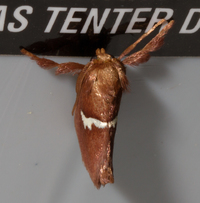
| Recorded by: Steve Hall on 2019-06-01
Stokes Co.
Comment: |

| Recorded by: Julie Tuttle on 2016-08-28
Chatham Co.
Comment: iNat record - Observed in roadside vegetation habitat in Jordan Lake lands, observed on Vaccinium tenellum, seemed to be feeding on it. Observation for the V. tenellum is here: https://www.inaturalist.org/observations/4211510 | 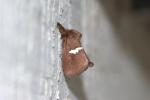
| Recorded by: ASH on 2011-07-07
Moore Co.
Comment: |
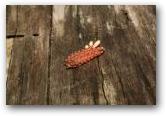
| Recorded by: E. Corey, C. Helms, M. Flanagan on 2006-10-12
Columbus Co.
Comment: | 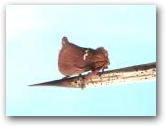
| Recorded by: Newman, Randy on 2006-06-22
Carteret Co.
Comment: |
|

 »
»























